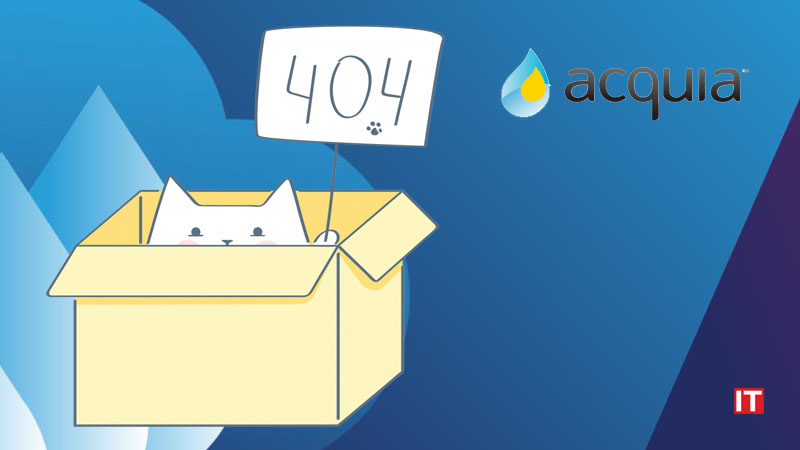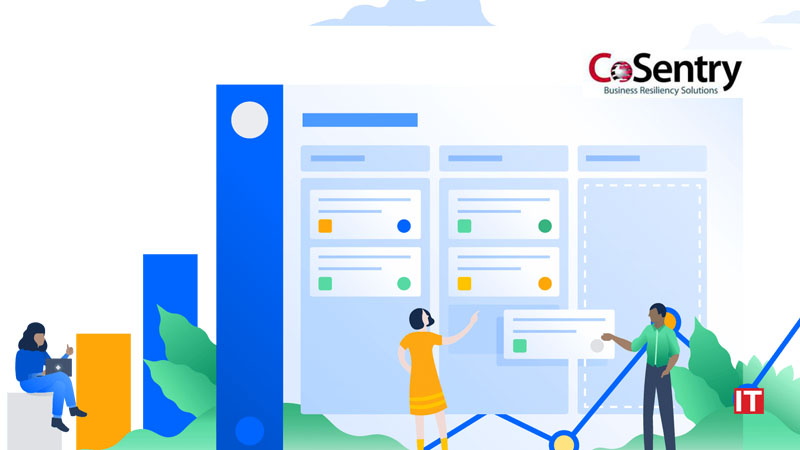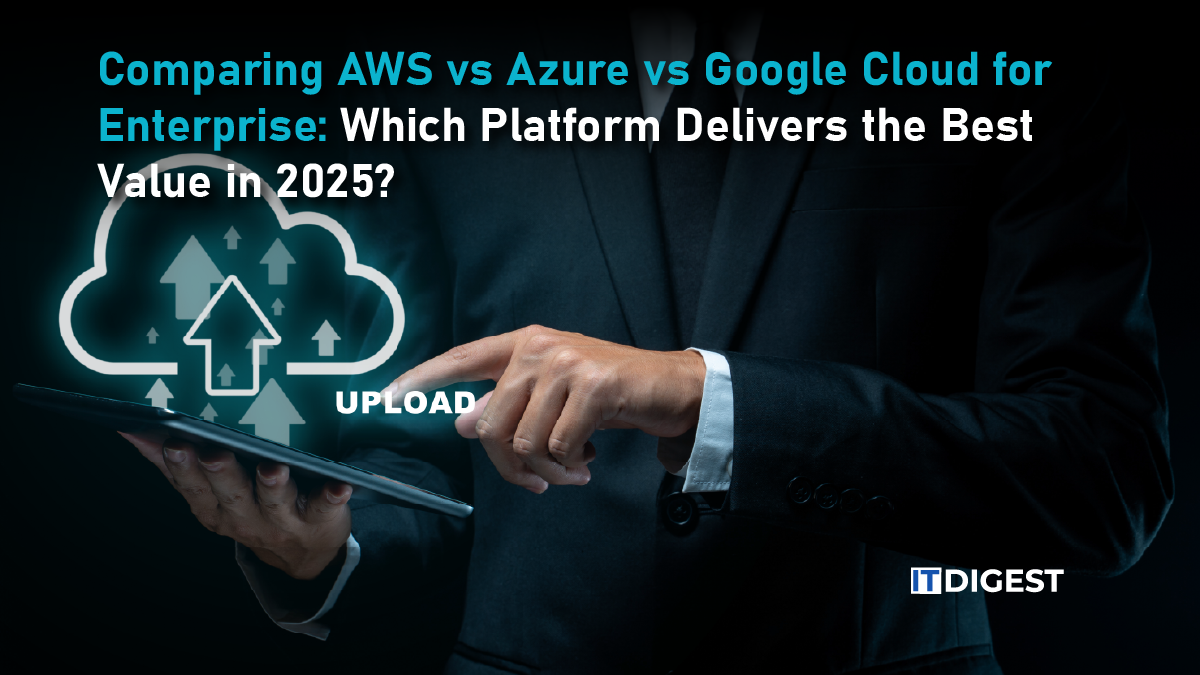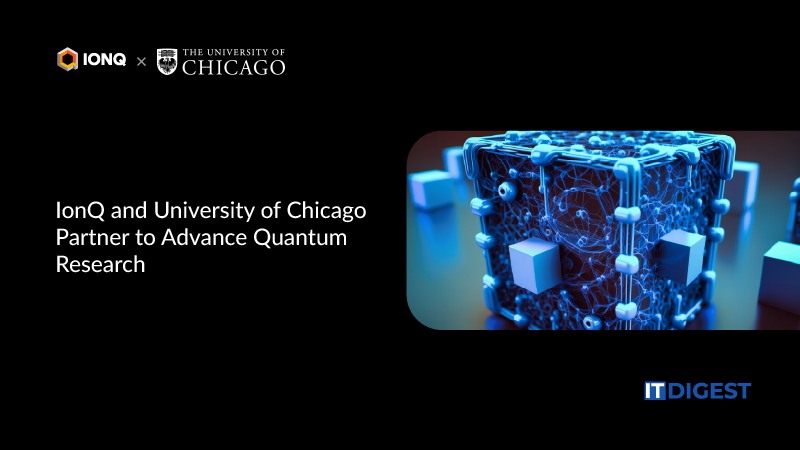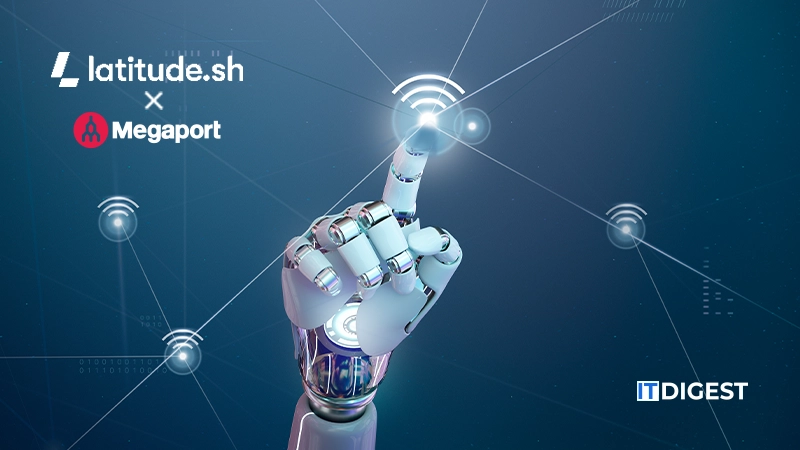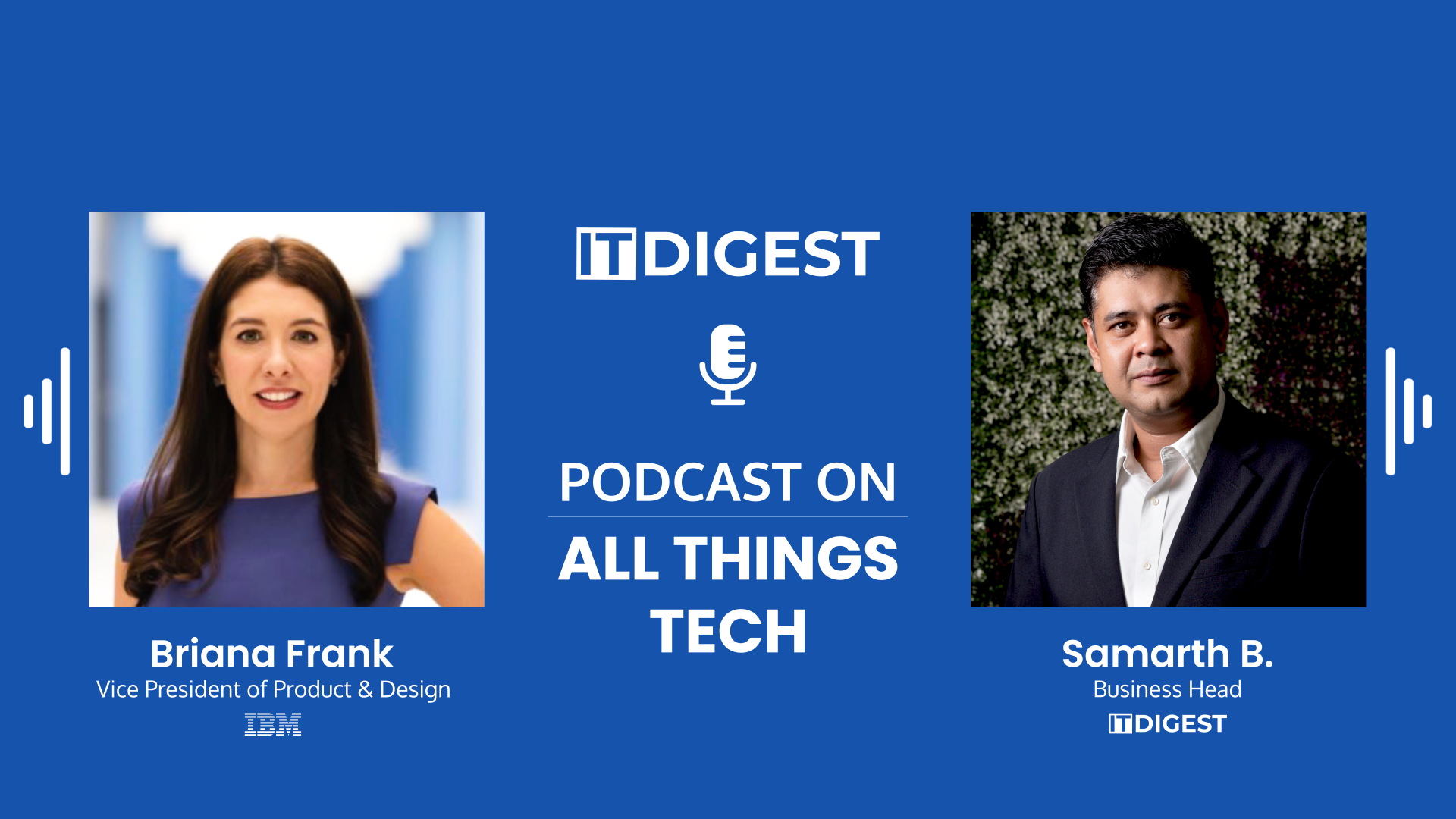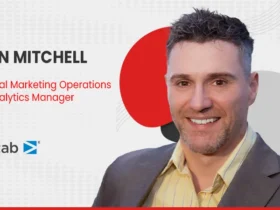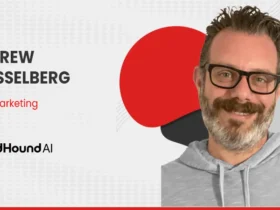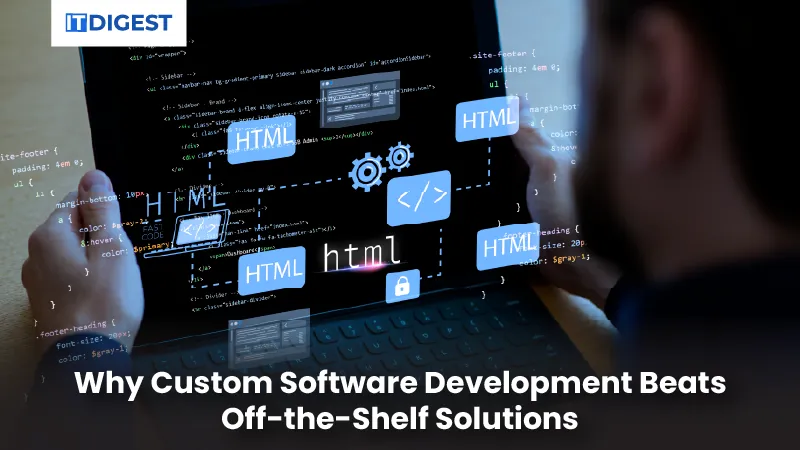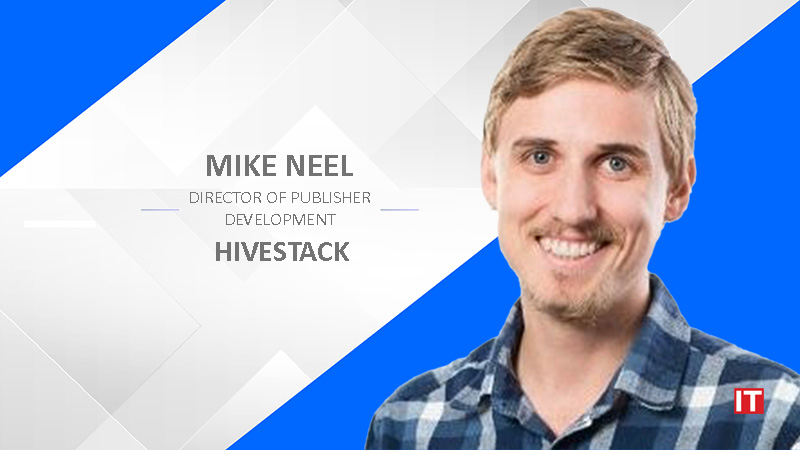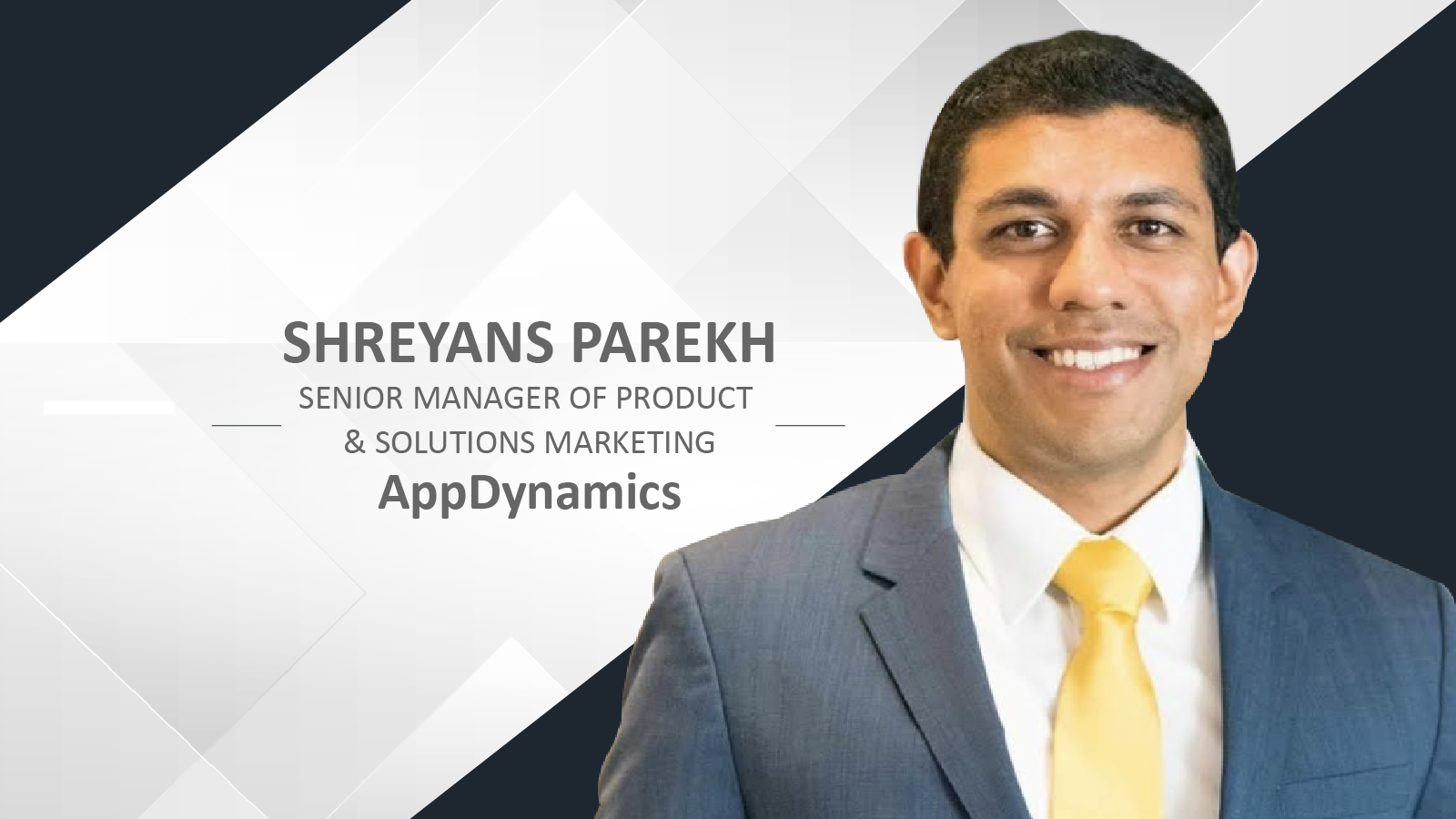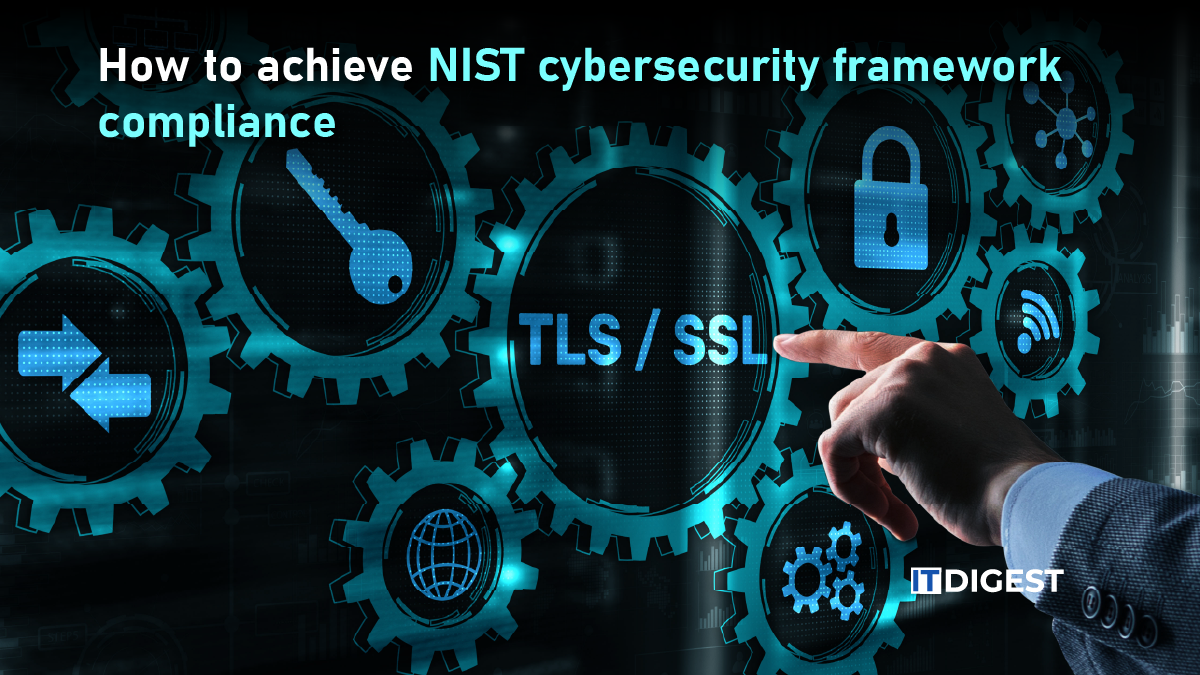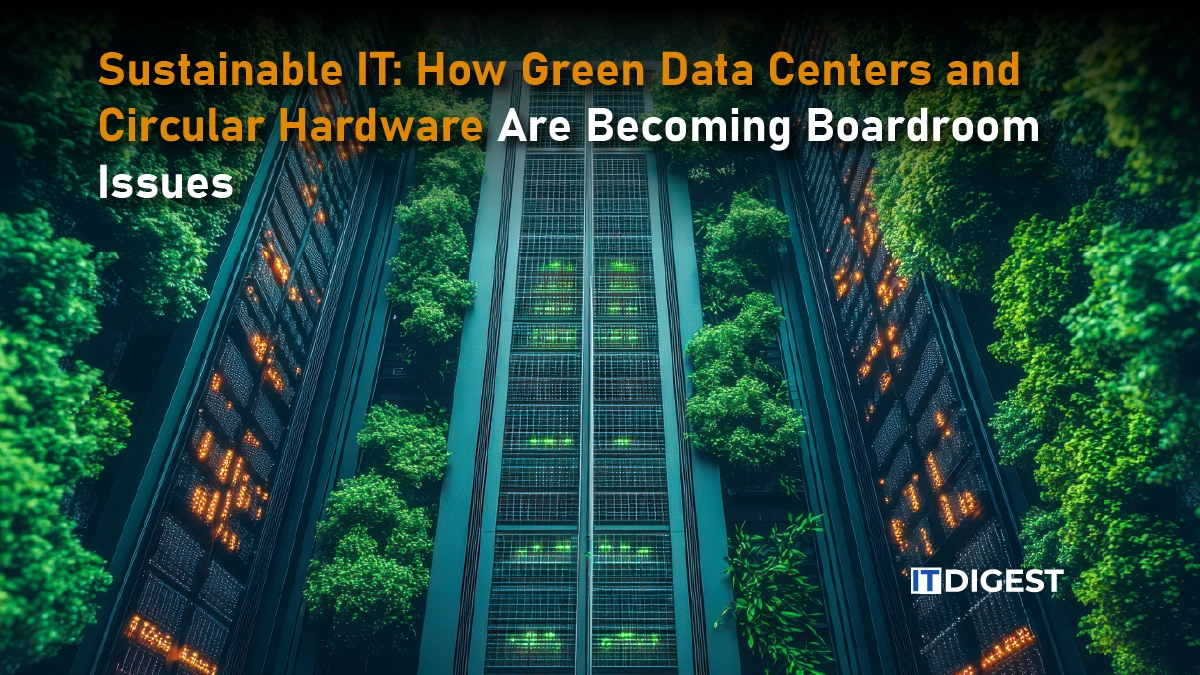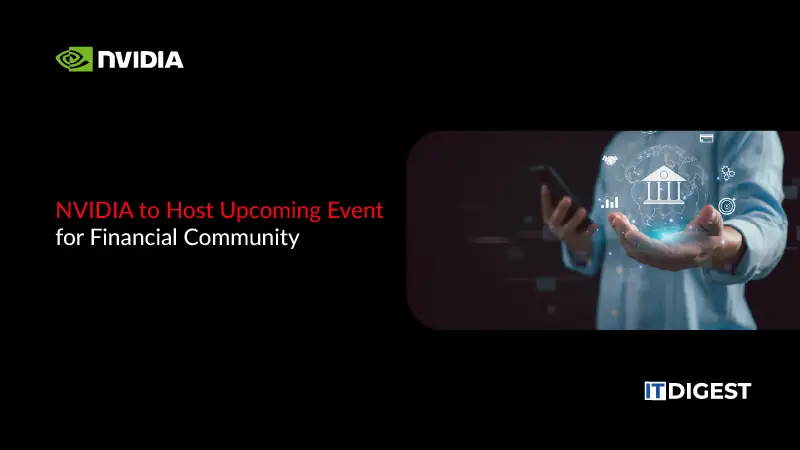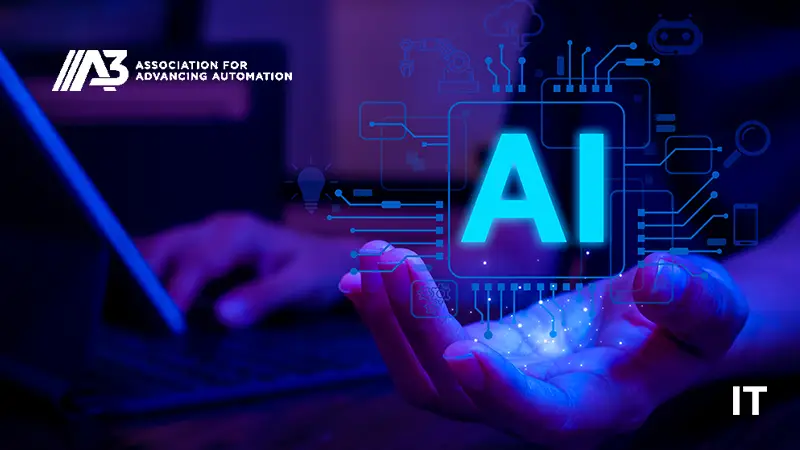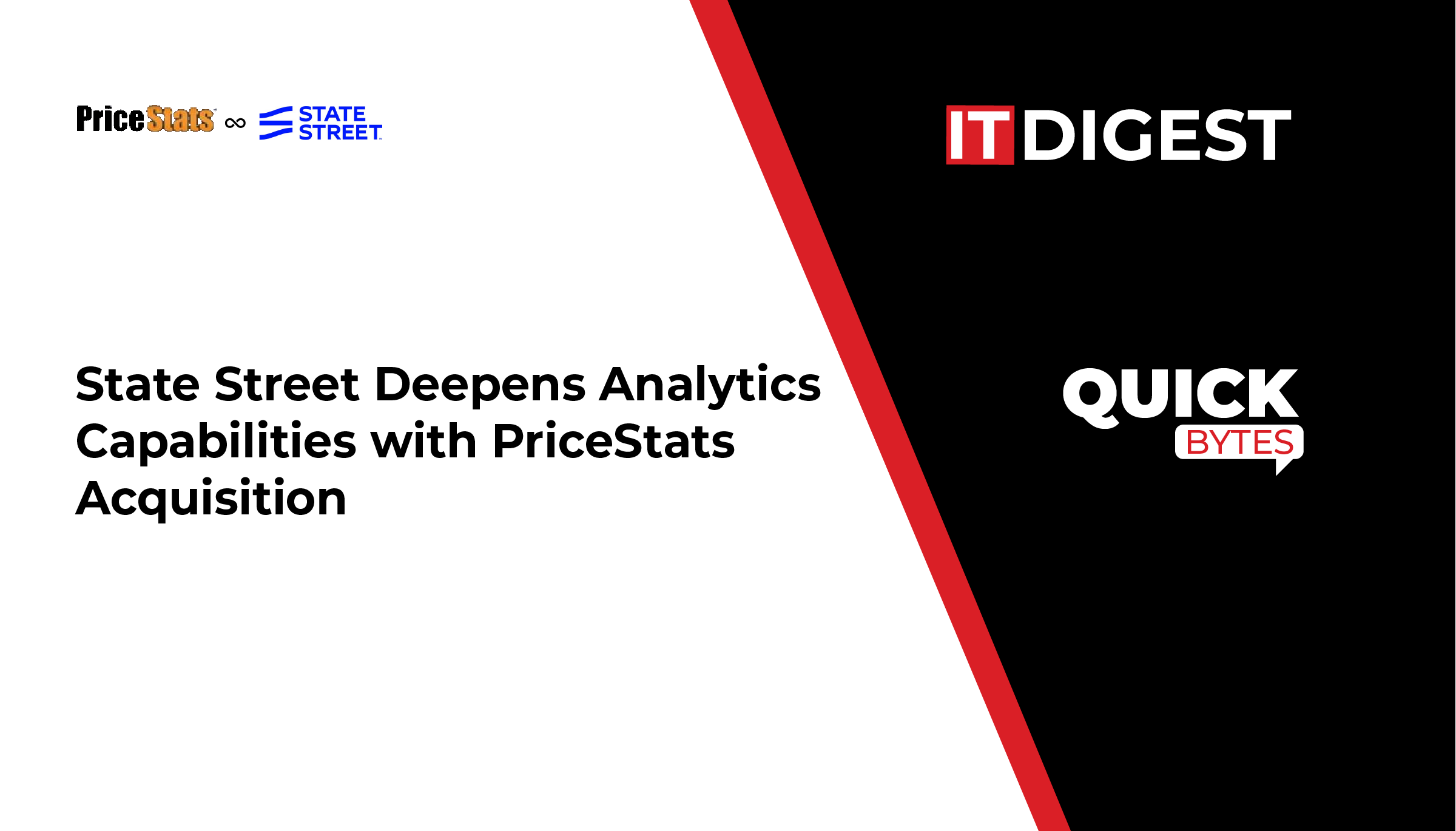You could be spending millions on cloud right now and still be behind your competitors. Every day you wait, someone else is running AI models faster, scaling workloads smarter, and keeping costs under control. CIOs feel it. IT leaders feel it. Everyone feels it. Cloud is no longer just servers and storage. AI, data strategy, globalization, and cost control all rolled into one.
Confined vs. Market Viability: AWS, which itself is much more prominent in comparison to Google Cloud. AWS can handle almost anything at scale. Azure fits if your company is already deep in Microsoft systems. When considering AI and heavy data workloads, Google Cloud is the one to beat. Every provider offers varying security models, pricing features, and ecosystems.
In 2025, the decision about a cloud is not based on technology anymore. It is a business choice. The right platform moves your teams faster, makes AI usable, and keeps costs predictable. The wrong one leaves you scrambling and wasting money.
Performance and Global Reach with Speed Scale and Infrastructure Depth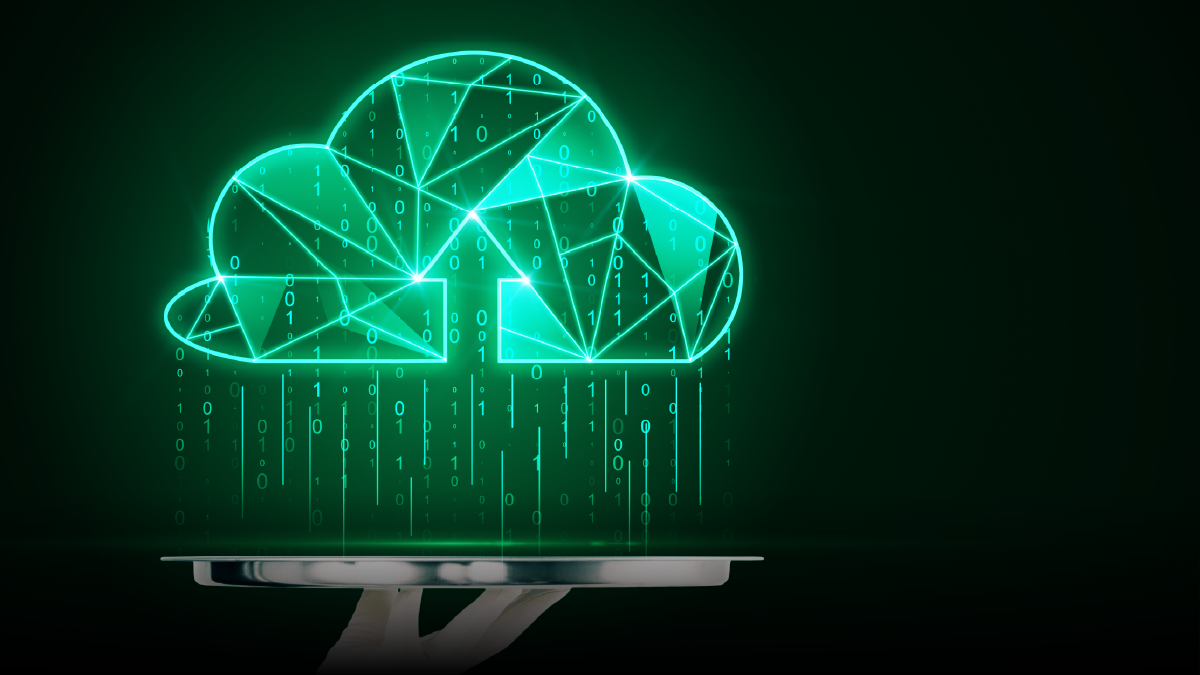
Cloud performance today is insane. And I do not mean in marketing hype. I mean the kind that hits you when traffic spikes and your apps do not crash. Take AWS for example. On Prime Day 2025, AWS Lambda ran 1.7 trillion invocations in a single day. Yes, trillion. At the same time, Fargate spun up 18.4 million tasks daily. That is a 77 percent jump from the year before. Just imagine that scale. This is the kind of stuff that keeps CIOs awake at night. Not because it is scary. But because this is what you can actually tap into when your business suddenly explodes or when AI workloads spike.
And it is not only about raw numbers. Energy and sustainability matter too. AWS says its infrastructure is 4.1 times more energy efficient than standard on-prem data centers. They claim workload carbon can drop up to 99 percent. And by 2023, they matched 100 percent of operations with renewable energy. It might sound like fluff, but it is real. And it matters. Companies are under pressure to be green. This is performance with a conscience.
Scalability is another story. AWS has regions and availability zones. Azure uses paired regions to make sure your stuff survives disasters and keeps latency low. Google Cloud focuses on fast backbone networks and edge nodes around the world. Each one has a strategy. For a CIO, the choice comes down to which model fits your traffic, your global audience, and your performance guarantees.
At the end of the day, it is simple. Performance is not about numbers on a chart. It is about spinning up resources fast, handling spikes without sweating, and doing it in a way that does not trash the planet. That is what makes AWS, Azure, and Google Cloud serious contenders.
Also Read: Sustainable IT: How Green Data Centers and Circular Hardware Are Becoming Boardroom Issues
Pricing, TCO, and the FinOps Mandate
Cloud costs are tricky. On paper, it looks simple. You pick a VM, spin it up, pay per hour. But real life is different. Enterprises run dozens, sometimes hundreds of instances. Data moves around. Storage adds up. Traffic crosses regions. And suddenly the bill is not what you expected. That is where pricing models matter. AWS has Reserved Instances and Savings Plans. Azure offers things like Hybrid Benefit and licensing options. Google Cloud has sustained use discounts and simple auto scaling pricing. Each platform tries to make it predictable, but nothing is truly automatic.
Take Azure for example. The cost of the M64dsv2 VM when placed in a 36-month savings plan is approximately $1,703 a month. The pay-as-you-go rate for this VM is approximately $4,868, which gives us a 65 percent discount. Huge difference. But you only get that if you commit and plan carefully. If you miss it, or if your workloads spike unpredictably, that money can vanish fast.
Hidden costs are sneaky. Data egress fees, network traffic, backups, licensing, and API calls can add up without warning. Enterprises that ignore these end up with surprises. That is why FinOps is not optional. You need a practice that tracks usage, predicts cost, and forces accountability across teams. It is the only way to see the real total cost of ownership. Without it, the numbers you see on the pricing calculator are just guesses.
In the end, cloud pricing is not just about saving money. It is about knowing where your money is going, planning capacity smartly, and having the tools to measure and control it. That is the difference between just running workloads and actually owning your cloud strategy.
Security Posture & Compliance for Regulated Industries
Security is one of those things that keeps CIOs awake at night. Not because it is complicated, but because if you get it wrong, it can ruin months of work and cost millions. AWS, Azure, and Google Cloud all do security differently. AWS has very detailed IAM controls. You can set exactly who can do what. Azure ties in with Active Directory, which is helpful if your company is already deep in Microsoft systems. Google Cloud has a hierarchical identity model. It organizes permissions across projects and organizations. Each approach works, but it matters which fits your team and setup.
Compliance is a big deal, especially for government, healthcare, and finance. Google Cloud’s Security Command Center maps resources to ISO 27001, NIST 800-53, HIPAA, and PCI-DSS. This means teams can see which workloads meet regulations. You can spot gaps before they become problems. AWS and Azure have similar certifications, but the way GCP shows compliance information makes it easier for teams to track and act.
The shared responsibility model is something every team needs to remember. Cloud providers secure the infrastructure. You are responsible for what runs on it. Misconfigured storage, open APIs, or missing patches can cause problems fast. You need teams that understand this. They have to actively monitor and manage it.
In regulated industries, security is not just a checkbox. The selection of cloud providers is mainly linked to trust, risk reduction, and predictability. AWS, Azure, and Google Cloud are all good options depending on how your teams can deal with the IAM models, utilize compliance tools, and manage the shared responsibility. It is not about the platform with the flashiest certifications. It is about the platform that works with your governance and your people.
Strategic Differentiation in Data AI and Cloud Ecosystems
AI is the thing that makes clouds really different these days. Everyone talks about servers and storage, but the real game is who can make your AI workloads run faster and smarter. AWS has SageMaker. It is powerful and it does a lot, but it can get complicated when you try to scale. Azure has its AI offerings and the OpenAI Service. It is nice if you are already tied into Microsoft tools. Google Cloud has Vertex AI and now the seventh-generation TPU Ironwood announced at Google Cloud Next 25. That TPU is built for inference. It is fast. Really fast. For companies running AI models at scale, that kind of hardware can make a huge difference.
Beyond AI, the ecosystem matters a lot. Cloud is not just about spinning up VMs. You need developer tools, integrations, and ways to connect with other software. AWS, Azure, and Google Cloud all have marketplaces and libraries. Kubernetes is everywhere, but Google Cloud’s GKE is strong in managing clusters. Open-source contributions also count. Google has been pushing a lot of stuff into the community, which helps companies build on top instead of starting from scratch. That saves time and reduces risk.
The differences are subtle but strategic. It is not about who has the most features. It is about which platform makes your teams faster, smarter, and more productive. AI hardware, developer tools, ecosystem support, open-source contributions, all of that adds up. For some companies, AWS breadth wins. For others, Azure’s integration with Microsoft makes life easier. For others still, Google’s TPU and GKE ecosystem give a real edge in AI and container management.
At the end of the day, picking a cloud is not just a technical decision. It is a strategic one. The platform that fits your AI needs, your ecosystem requirements, and your developer workflow is the one that will actually move the needle.
Making the Strategic Platform Choice for 2025
Picking a cloud platform is messy. It is not just about features. It is about how your company works, how your teams do things, and what you want to do with AI and data. AWS is huge. It can do almost anything you throw at it. If your workloads are complex and spread around the world, AWS will handle it. Azure is good if your company is already deep into Microsoft. Hybrid setups, Active Directory, and licenses make life easier if you are in that ecosystem. Google Cloud stands out when it comes to AI and data. The seventh-generation TPU Ironwood and Vertex AI are built for serious AI workloads. GKE makes containers easier to manage.
In the decoration choice, in the building concept time, it is necessary to think of functionality and budget. Think about performance, costs, security, AI, and tools your team actually uses. That is what makes the difference.


